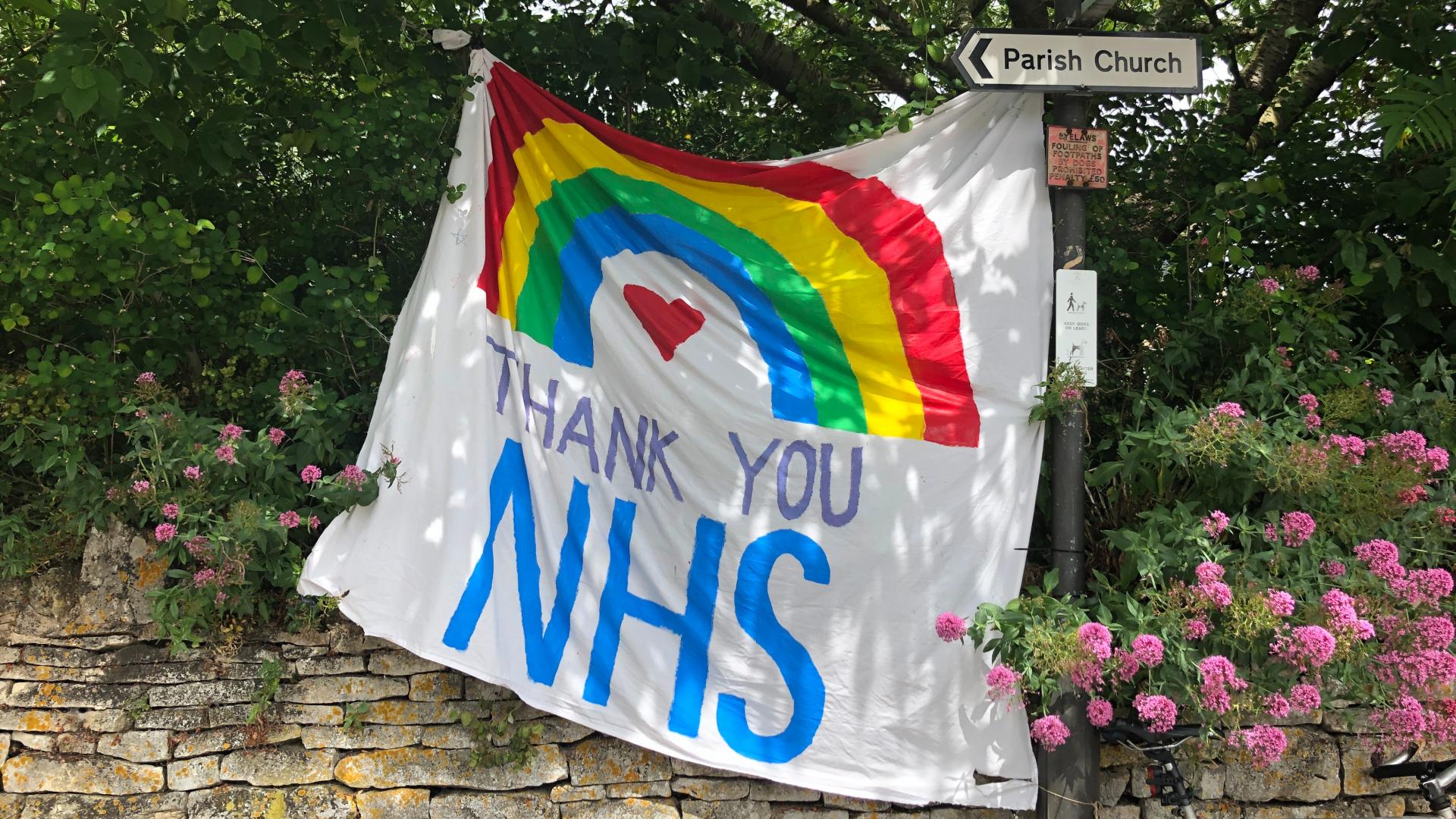Tim Harrison-Byrne
In 2020, NHS Charities Together raised £150m. In 2019, under a different name, it raised £388,000. That is a 38000% increase. I’m sure there is a story to be told by the charity on how you cope with such an unbelievable increase, which is surely unprecedented in the voluntary sector?
During the pandemic the public saw the huge pressure the entire health service was under and wanted to help. I lost count of the number of people talking about giving to the NHS or raising money for the NHS. It came up in our research too: when MPs and the public were asked which charities or voluntary organisations they associated with the Covid-19, the top answer was the NHS.
Donations from the public weren’t going directly to the NHS, but NHS Charities Together and the many NHS charities providing additional support to the health service and its staff. I am still not sure how well known this is.
Set aside the debate about how we pay for healthcare in this country, the increase in funding for NHS charities over the course of the pandemic (and before) raises some interesting questions. Sustainability is a major concern. Surely a repeat of £150m income is not on the cards, but NHS Charities Together and individual NHS charities must now get their income onto a more steady footing.
Messaging may also have to change. Many charities linked to hospitals and the NHS used to talk about excellence over and above what the NHS is already providing, in the field of research or patient experience. Will they be able to continue with this message with the NHS under such pressure? Sajid Javid has warned of waiting lists reaching 13 million people. Emergency care is over-stretched, with long waits for ambulances in some parts of the country. Will NHS charities convey the huge difficulty staff, patients and infrastructure are under? Some NHS charities have already started emphasising their support of NHS staff, which is a very compelling fundraising message.
A more outspoken tone from NHS charities could test relationships with their NHS Trusts. How comfortable would Trusts be with a bold and outspoken partner charity? A partner charity could say something that a Trust never could, but at what cost? This messaging would not be well received by government.
In April, National Insurance contributions will increase by 1.25% to fund social care and the Covid backlog. Will this increase make the public think twice about giving philanthropically to the NHS? More broadly if the level of care is not where they expect it to be, will this impact on their view of NHS charities?
One NHS charity CEO said:
“The NHS charity sector has experienced huge change in the past two years. While it’s certain that the enormous levels of public generosity towards the NHS during the earliest days of the pandemic will not be repeated to the same extent, there has evidently been a radical shift in the numbers of donors at all levels who recognise that they can support the NHS financially. Sustaining this support is perhaps the greatest challenge for NHS charities and our national body NHS Charities Together. With few signs that the enormous pressures on our health service will improve at least in the short term, it will be a tough balancing act to encourage donors to give while they can see long waiting lists and a health system struggling to cope.”
This blog poses many questions for NHS charities. The sector has seen tremendous growth in a very short space time and is now set to enter a new phase. The need for the services that NHS charities provide is greater than it has ever been, but there are many factors that may influence public attitudes of NHS charities in the coming years. Charities will of course have to stay close to their Trusts, but that relationship could become more strained as charities attempt to accurately report what they are seeing on the ground. This is certainly a charity sector to watch.

